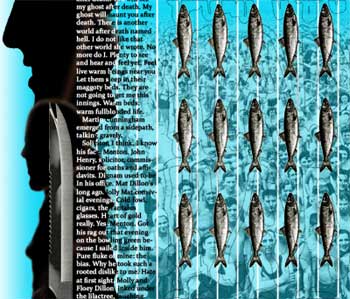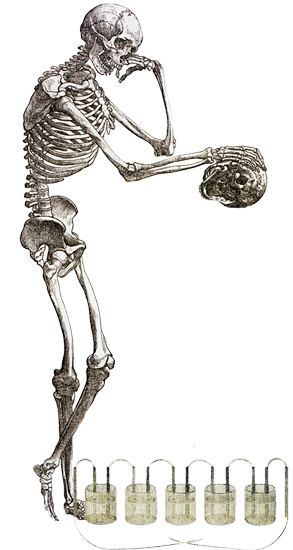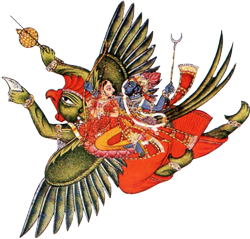About Ulysses
Manuscripts and Post-Modernism
 The illumination of manuscripts, most often in the form of early books called codices, the replacement for scrolls, began about 400 AD. It continued for the next thousand years until books began to be mass produced on the printing press and hand work was no longer an economic possibility. It is essentially the addition of decoration in the form of borders, decorated initials, and miniature illustrations that often either illustrate or comment on the text.
The illumination of manuscripts, most often in the form of early books called codices, the replacement for scrolls, began about 400 AD. It continued for the next thousand years until books began to be mass produced on the printing press and hand work was no longer an economic possibility. It is essentially the addition of decoration in the form of borders, decorated initials, and miniature illustrations that often either illustrate or comment on the text.
The earliest illuminations were based on the then recently discovered wall decorations of the ancient Roman period. These frescoes consisted of floral patterns and a variety of fantasy figures in an extravagant style. When first discovered these were thought to be decorated caves but were in fact the rooms and corridors of the domus aurea, the great palace complex started but never finished by Nero after the Great Fire of 64 AD. This error led to the name grottesche being given to these decorations since “grotto” in Latin means cave or small hollow.

Since the medieval illuminations mined the previous eras for their subject matter, it seems a process very compatible with the tenets of Post-Modernism. I have “sampled” a large number of visual resources including 19th Century engravings, images associated with alchemy, advertising images, illustrations of myths and fairy tales, anatomical atlases, scientific treatises, pattern applications, illustrations from books on mysticism and trans-personal practices, books on magic, illustrations from popular novels, catalogs, instructional manuals, cartographic illustrations, fashion magazines, art history, postcards, etc. These are my grottesche.
I have chosen to illuminate James Joyce’s Ulysses. His use of the English language is both a demonstration and a summation of the entire Modernist movement in literature. Joyce’s technique of stream-of-consciousness writing, with careful structuring, recurring themes, his amazingly diverse technical vocabulary, his neologisms, the prose full of puns, allusions and symbols seems ripe for a similar treatment of visual elements. I have attempted to do with imagery what Joyce did with words.
Visual Metaphors
While I am not illustrating the text, the images I have selected are related to the text in ways similar to those used by Joyce within his text. Just as there is rarely a sentence in the text that can be taken solely at face value, so my illuminations cannot be taken at face value, but must be seen allusions, puns, symbols, and/or stream-of-consciousness references to the text (which is itself often out of time and out of order).
In Ulysses, Joyce used a very wide variety of literary sources, from the argot of the streets to music to painting to cuisine to technical and medical terminology. In the episode titled The Oxen of the Sun, for example, he recaps the history of the English novel with each paragraph in a different style –  Carlyle, Bunyan, Mandeville, Malory, Thomas Brown, Pepys, Defoe, Addison, Gibbons, Ruskin, and so on. As mentioned above, I have also cast my net as widely as possible for the visual sources. In parallel to this technique, for instance, each illuminated page contains an image gleaned from this history of art. It also contains a postcard image from the mid-20th Century that also relates to the structure and text of Joyce’s work (each episode, for instance, begins with the image of a cave.)
Carlyle, Bunyan, Mandeville, Malory, Thomas Brown, Pepys, Defoe, Addison, Gibbons, Ruskin, and so on. As mentioned above, I have also cast my net as widely as possible for the visual sources. In parallel to this technique, for instance, each illuminated page contains an image gleaned from this history of art. It also contains a postcard image from the mid-20th Century that also relates to the structure and text of Joyce’s work (each episode, for instance, begins with the image of a cave.)
Another layer of relations between the novel and the illuminations is that Joyce’s modern novel refers to the ancient Odyssey by Homer where, for instance, the Siren now hangs out in a Dublin brothel. In my modern illuminations, I have also made references to our mutual ancient predecessor.
